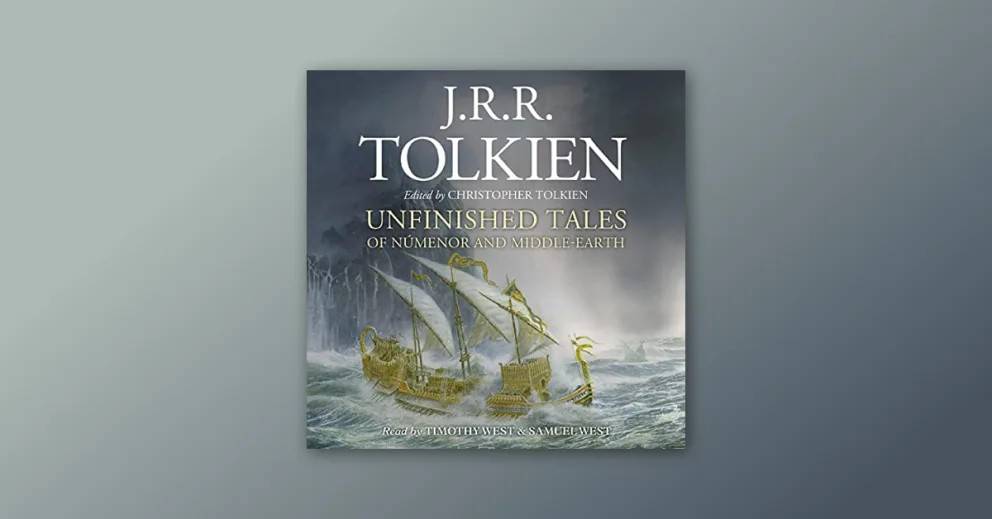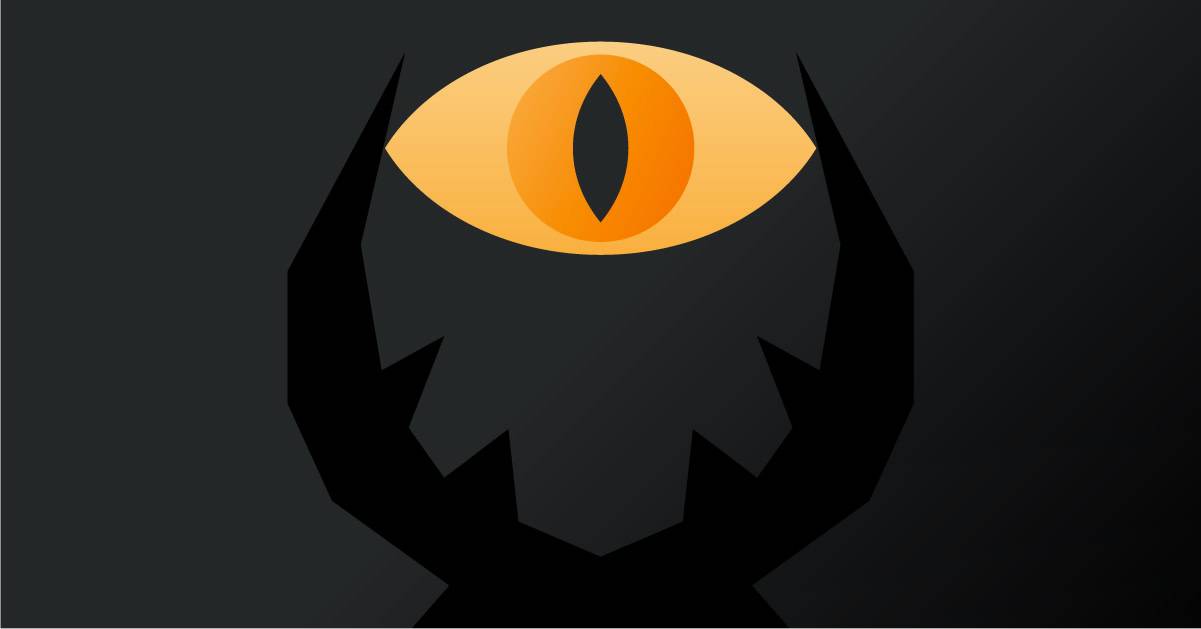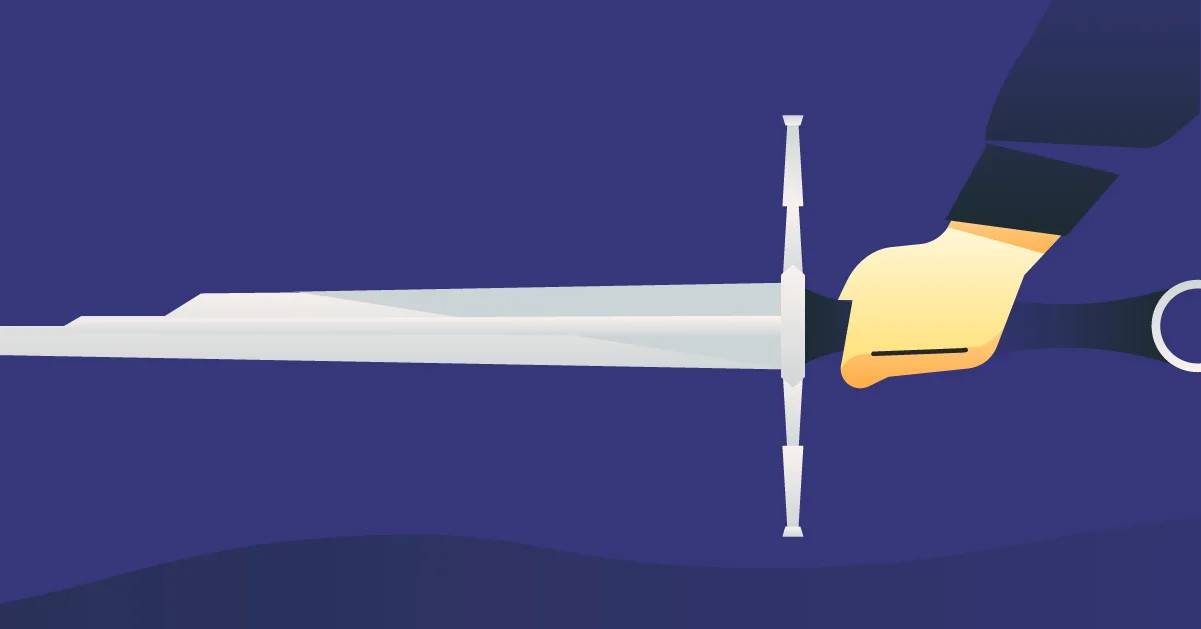The Lord of the Rings by J.R.R. Tolkien is one of the greatest fantasy sagas of the 20th century. Since it was made into an epic movie trilogy in the early 2000s, it's only become more solidly enmeshed in pop culture. The Lord of the Rings movies drew in many people who'd never read or listened to the books, introducing a new generation of fans to Tolkien's classic tale of good and evil. But whether you're a fan of the audiobooks, the films, or both, it can be hard to untangle the threads of the many characters and their different backstories. After all, The Lord of the Rings saga has a huge cast, and even the minor characters are important to the overall story.
This guide focuses on a major minor character: Legolas the Elf, one of the nine members of the Fellowship of the Ring. Who is Legolas? Who are his parents? How old is he? What are his powers? Though Tolkien offers little information about this character's origins in his published works, we'll dig into it here and answer all of your questions about Legolas, his history, and his many great deeds during the War of the Ring, as recounted in The Lord of the Rings.
Who is Legolas?
Legolas is a Sindarin Elf from the Woodland Realm of Northern Mirkwood. His father, Thranduil, is the King of the Silvan Elves living in that realm, making Legolas the Prince of Mirkwood. Very little is known about Legolas's life before he appears in The Lord of the Rings, but his deeds during the War of the Ring are many and legendary. He is also known for his great friendship with Gimli, a well-respected Dwarf warrior, and his loyalty to Aragorn, the King Elessar of Gondor.
Who are the Silvan Elves of Mirkwood?
Legolas's people are a blend of Silvan and Sindar Elves. His grandfather, Oropher, was a refugee from the great Elven city of Doriath, which was destroyed in the terrible battle with Morgoth at the end of the First Age. The Elves who chose to remain in Middle-earth, rather than flee across the sea to the West, made new homes as best they could in the wreckage of the world. Oropher, along with his son Thranduil, settled in Mirkwood, joining the Silvan Elves already living there. Oropher founded the Woodland Realm and ruled as its king until he was killed at the end of the Second Age, fighting against Sauron as part of the Last Alliance of Elves and men. Thranduil then took over the kingdom, building the vast underground palace in which Bilbo and the Dwarves were imprisoned in The Hobbit.
Over the long years of the Second and Third Ages, Thranduil's people, the Sindars (also known as Grey Elves) ruled over the Silvans (also known as Wood Elves), eventually blending their customs and languages. While the date of Legolas's birth is unknown, he was likely born sometime after his grandfather was killed and his father took over the rule of the Woodland Realm. Like all Elves, Legolas is immortal. Elves do not die by natural causes; however, they can be killed in battle.
What does Legolas look like?
In The Book of Lost Tales Part Two, Tolkien describes Legolas like this:
"He was tall as a young tree, lithe, immensely strong, able swiftly to draw a great war-bow and shoot down a Nazgûl, endowed with the tremendous vitality of Elvish bodies, so hard and resistant to hurt that he went only in light shoes over rock or through snow, the most tireless of all the fellowship."
While it is impossible to determine his exact height, it is clear that Legolas is exceptionally tall and distinguished by a natural endurance. Upon first meeting him in Rivendell at the Council of Elrond, Frodo describes him as "a strange Elf clad in green and brown." Throughout the book, Tolkien often refers to Legolas's bright eyes and fair face.
How old is Legolas?
Tolkien offers only a few clues as to Legolas's age. Unlike for some other characters, he didn't publish a detailed family tree with dates for Legolas's lineage. Like all Elves, Legolas is immortal, and like many Elves that appear in The Lord of the Rings, he is very old. When he, Aragorn, and Gimli arrive at Edoras, the seat of the king of Rohan in The Two Towers, Aragon remarks on how many years have passed since the great hall was built. Legolas replies that "five hundred times have the red leaves fallen in Mirkwood in my home since then… and but a little while does that seem to us." Later in the book, he mentions having watched "many an oak grow from acorn to ruinous age." So, though it's not possible to put an exact number on his age, it is safe to say that Legolas is at least 1,000 years old.
Legolas, though very old, isn't the oldest character in the series. Gandalf had been living in Middle-earth for close to 2,000 years at the beginning of The Lord of the Rings, but before that, he was a Maia, a spirit created by the gods before Middle-earth came into existence. Gandalf's age is impossible to determine, but he's likely existed for at least 10,000 years, making him much older than Legolas.
Legolas’s Skills & Abilities
Natural Abilities
Like many Elves, Legolas has natural strength and endurance that exceeds that of mortal men. He has particularly sharp eyesight, an ability that often comes in handy during his adventures throughout The Lord of the Rings. While pursuing Orcs with Aragorn and Gimli, he is able to see the traveling host from many miles distant. He can also see both eagles and Nazgûl flying high in the sky; it is his incredible eyesight that allows him to shoot down one of the Nazgûl's winged steeds from far away.
His endurance is also legendary. In The Fellowship of the Ring, Tolkien remarks that he does not wear boots but only light shoes, and that "his feet made little imprint on the snow." He has a natural ability to walk softly and swiftly without tiring. During the Three Hunters' pursuit of the Orcs, while Aragorn and Gimli sleep, Legolas paces and sings to himself instead. Apparently, he does not need sleep to keep up his strength.
Elves have different abilities than mortals, so it is impossible to say how Legolas's strength and endurance compare to that of a man of Númenor like Aragorn. However, it is safe to assume that Legolas's Elven blood makes him stronger even than Aragorn, though not necessarily better with a blade.
Weapons Skills
In addition to his keen eyesight and endurance, Legolas is a cunning warrior. During The Fellowship of the Ring, he carries a longbow made by the Silvan Elves of Mirkwood. Upon leaving Lorien, Galadriel gifts him a bow of the Galadhrim, which he uses throughout the rest of the book. He also carries a long white knife, and though he prefers to use a bow and arrows, he is seen wielding the knife at several key battles, including the Battle of Helm's Deep.
In the movies, Legolas is depicted performing seemingly impossible stunts during the many battles in which he fights. He often appears acrobatic, exhibiting perfect aim as well as an ability to swing himself onto moving targets. While Legolas is also described as an agile and adept warrior in the book, Tolkien is not so descriptive of his individual actions.
Legolas’s Key Relationships
Legolas’s Family Tree
Legolas is the son of Thranduil, King of Mirkwood, and the grandson of Oropher, founder of the Woodland Realm. Nothing is known about his mother; Tolkien does not name her or offer any backstory about her in any of his published works. Yet, since Tolkien does give family trees for other important Elves in the book, such as Galadriel and Elrond, it's clear that Galadriel is not Legolas's mother. (Besides, she is one of the Noldor, not a Silvan or Sindar Elf.) Tolkien doesn't reveal whether Legolas's mother died sometime during the Second or Third Age, or if she traveled to the West, leaving Thranduil and Legolas behind. Legolas does not marry or have any children, based on the appendix of The Lord of the Rings. Regardless of who his mother was, Legolas is the last of his line. When he sails into the West at the beginning of the Fourth Age, he leaves no family members behind.
Gimli
Legolas and Gimli's relationship is perhaps the most famous friendship between an Elf and a Dwarf in the history of Middle-earth. At first, Legolas and Gimli are polite with each other, though not overly friendly. In The Fellowship of the Ring, when the Company arrives at the Gates of Moria, they quibble over the longstanding rift between their peoples. ("'It was not the fault of the Dwarves that the friendship waned,' said Gimli. 'I have not heard that it was the fault of the Elves,' said Legolas.")
But during their long stay in Lórien, Legolas and Gimli become friends, spending much time together. They emerge from the forest nearly inseparable, choosing to share a boat on the next leg of their journey down the river. Their friendship remains steady throughout the rest of the book. They playfully compete to see who can kill the most Orcs during the battle of Helm's Deep, and later make a pact to travel together after the war is over. Their friendship endures even beyond the scope of the trilogy. After the War of the Ring, they settle near each other and eventually, it is said, sail together to the Undying Lands in the West.
Legolas’s Key Moments in The Lord of the Rings
The Fellowship of the Ring
Legolas first appears during the Council of Elrond, where he is sent as a messenger by his father, Thranduil, to give the council the news of Gollum's escape with the Elves of Mirkwood. He is then selected by Elrond to represent the Elves in the Company that sets out with Frodo on his quest to destroy the Ring.
Throughout the rest of The Fellowship of the Ring, Legolas aids the Company through their many perils. He often acts as a lookout, due to his keen sight. His sure-footedness helps the Company get out of a tough situation when an avalanche strands them on the Pass of Caradhras: he is able to lightly travel on top of the snow to assess their surroundings and get them to safety.
It is during the Company's extended stay in Lórien that he becomes friends with Gimli. Legolas spends much of his time in Lórien visiting with the Elves, but he often takes Gimli with him as he goes about the forest, cementing their lifelong friendship.
The Two Towers
Unlike some of the younger characters, such as Merry and Pippin, Legolas doesn't undergo a lot of change or growth over the course of the book. He remains steadfast throughout, offering wisdom, advice, support, and strength as the situation demands. He does perform several mighty feats in The Two Towers. Among the most notable are his slaying of the winged steed of the Nazgûl, thanks to his superior skills with a bow, and his legendary run with Aragorn and Gimli during their tireless pursuit of Orcs that captured Merry and Pippin.
He playfully competes with Gimli during the Battle of Helm's Deep—and comes in second, killing 41 Orcs to Gimli's 42. His affection for Gimli is apparent when he gracefully accepts defeat, stating: "But I do not grudge you the game, so glad am I to see you on your legs!"
Legolas is a loyal friend and advisor to Aragorn throughout The Two Towers, especially when Aragorn begins to come into his own. He accompanies Aragorn on his dangerous journey along the Paths of the Dead, later telling Merry and Pippin that those who walked that path with him, including Legolas himself, did so for the love of Aragorn—"for all those who come to know him come to love him after their own fashion."
The Return of the King
Legolas remains with Aragorn during The Return of the King, fighting in all the major battles of the War of the Ring, including the Battle of the Pelennor Fields. He rides to the Gates of Mordor with the Host of the West, representing the Elves along with the sons of Elrond.
Legolas is often seen singing or humming to himself, or remarking on the trees and lands he encounters, and mourning over the changing of the world. But he is also friendly and humorous. Near the end of The Return of the King, after he visits the Glittering Caves with Gimli, he admits that he cannot do them justice and only Gimli has the words to describe them, quipping: "And never before has a Dwarf claimed a victory over an Elf in a contest of words."
Legolas’s Life After the War of the Ring
Travels with Gimli & Life in Ithilien
After the Battle of Helm's Deep, Gimli and Legolas make a pact to travel together if they both survive the War of the Ring. Gimli wants to show Legolas the wonders of the Glittering Caves of Argoland, and Legolas wants Gimli to explore Fangorn with him. This is exactly what they do, parting with the Hobbits near the end of The Return of the King to make good on their pact. After traveling for some time, they both return to their homelands, but only for a short while. Legolas makes his home in Ithilien, the land between the river Anduin and Mordor. He becomes the prince of that realm, living there for many years with his fellow Elves. His friendship with Gimli continues to the end of their days. They live near each other, and both maintain a close friendship with Aragorn, the King Elessar of Gondor, until his death.
Journey to the Undying Lands
In the year 120 of the Fourth Age, Aragorn finally dies, having ruled Gondor peacefully since the downfall of Sauron. It is in this year that Legolas "followed at last the desire of his heart and sailed over Sea." In the appendix of The Lord of the Rings, Tolkien writes: "Then Legolas built a grey ship in Ithilien, and sailed down Anduin and so over Sea; and with him, it is said, went Gimli the Dwarf." This is where Legolas's story ends—with his journey to the Undying Lands with his lifelong friend.
The Best Legolas Quotes
"The strongest must seek a way, say you? But I say: let a ploughman plough, but choose an otter for swimming, and for running light over grass and leaf, or over snow—an Elf." —The Fellowship of the Ring
"There lie the woods of Lothlórien!…My heart would be glad if I were beneath the eaves of that wood, and it were springtime!" —The Fellowship of the Ring
"Alas for us all! And for all that walk the world in these after-days. For such is the way of it: to find and lose, as it seems to those whose boat is on the running stream." —The Fellowship of the Ring
"Ah! the green smell!…It is better than much sleep. Let us run!" —The Two Towers
"It is a red dawn. Strange things await us by the eaves of the forest. Good or evil, I do not know; but we are called. Awake!" —The Two Towers
"It is old, very old... So old that almost I feel young again, as I have not felt since I journeyed with you children. It is old and full of memory. I could have been happy here, if I had come in days of peace." —The Two Towers
"But you comfort me, Gimli, and I am glad to have you standing nigh with your stout legs and your hard axe. I wish there were more of your kin among us." —The Two Towers
"These are the strangest trees that ever I saw… and I have seen many an oak grow from acorn to ruinous age. I wish that there were pleasure now to walk among them: they have voices, and in time I might come to understand their thought." —The Two Towers
"The Sea! Alas! I have not yet beheld it. But deep in the hearts of all my kindred lies the sea-longing, which is perilous to stir. Alas! for the gulls. No peace shall I have again under beech or under elm." —The Return of the King




